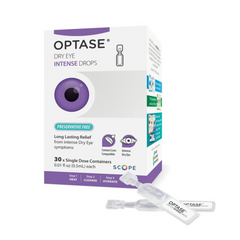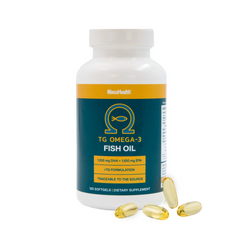
Dr. Dennis Iadorola
Dry Eye is a miserable experience. Just ask me, Dr I. I suffer from dry eye like the 16 million Americans who have been diagnosed and the tens of millions of other who are undiagnosed and untreated. I want to help you understand what dry eye disease is, how you can identify it and simple tips on how to treat it.
The first thing to understand about dry eye disease is its complexity. My job here is to simplify the science of dry eye so you can better understand what to look out for and what you can be doing on a daily basis to manage your dry eyes.
So, first, let me explain some of the basic science here. All eyes have a tear film. The role of the tear film is to maintain a moist environment on the surface of your eyes. When internal or external issues affect your tear film, this may cause pain and discomfort in your eyes. This is one of the reasons why I ask my patients “do you feel your eyes?” If they do, chances are they have a problem like dry eye disease.
The tear film is a combination of three layers: water, oil and mucous. The water layer keeps your eyes wet and is produced by cells in the outer layer of the eye called the conjunctiva as well as the lacrimal gland. The oil layer is produced by your meibomian glands directly behind the eyelashes. It helps the tears stay on your eyes by covering the tears to prevent evaporation. The inner most layer is the mucous layer produced by goblet cells. The mucous layer helps the water layer stick to the surface of the eye. Dry eye disease occurs when any one of these layers are compromised.
Putting it simply, there are two types of dry eye: Aqueous-deficient and Evaporative.
Aqueous-deficient dry eye, which usually feels the worst in the morning, results from either systemic disease and conditions like Menopause or Sjogren’s syndrome. It can also be caused by issues with your lacrimal glands as well as side effects to drugs you may be taking to treat other diseases. Sadly yes, other diseases and the medications that you take can cause dry eye. 🙁
Evaporative dry eye, which is the most common type of dry eye, can result from either intrinsic problems like meibomian gland dysfunction and other ocular surface diseases or from extrinsic issues like environment (dry or windy climates), excessive screen time and contact lens wear.
The truth is, that there are many sub-types of dry eye and most people have one or more of these sub-types, which makes treating dry eye a challenge. So, if you hear a doctor refer to dry eye as a “multi-factorial” disease, this is why!
Your eyes are under constant attack from the different causes of dry eye. And no matter which type of dry eye you have and what treatment plan your doctor recommends, the one thing EVERYONE needs is a daily eye care routine. A daily eye care routine, focused on the proper lid and lash hygiene and quality lubrication, is simple and should be part of your daily selfcare routine.
That is why we created MYZE. As the best friend for your eyes, MYZE will help you create a customized daily care plan that can combat your dry eyes, can help prevent flare ups and ensure you adhere your daily eye health routine.





